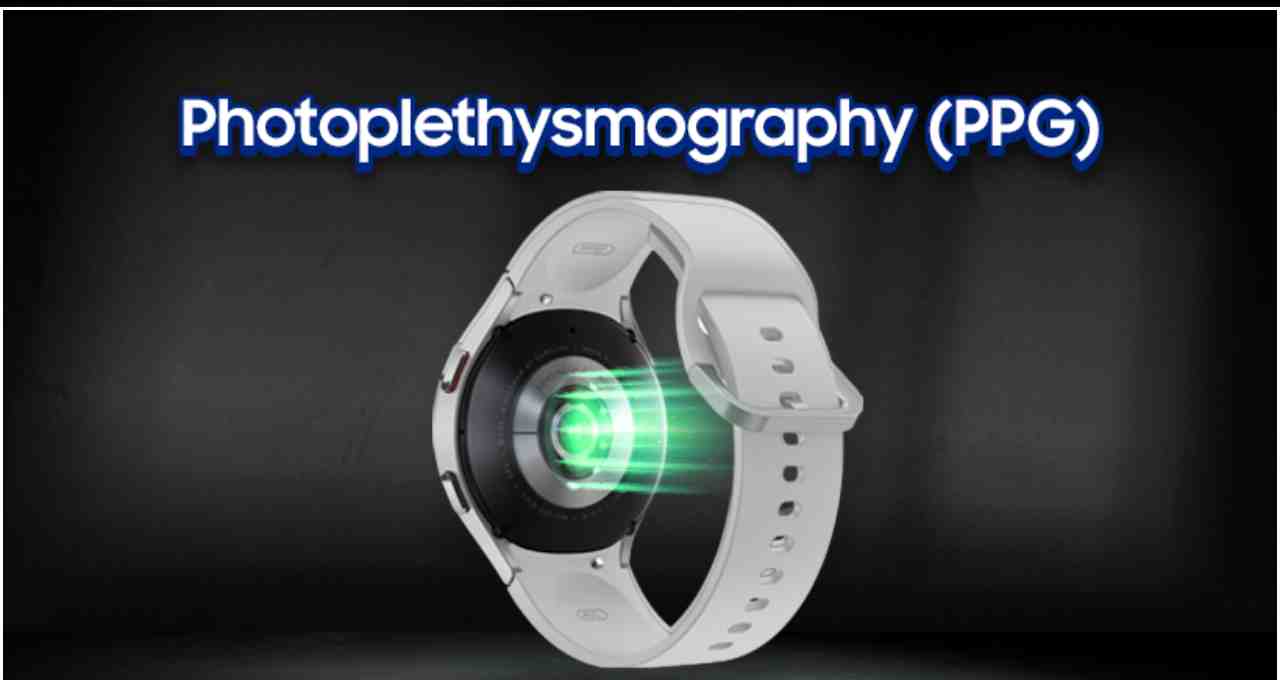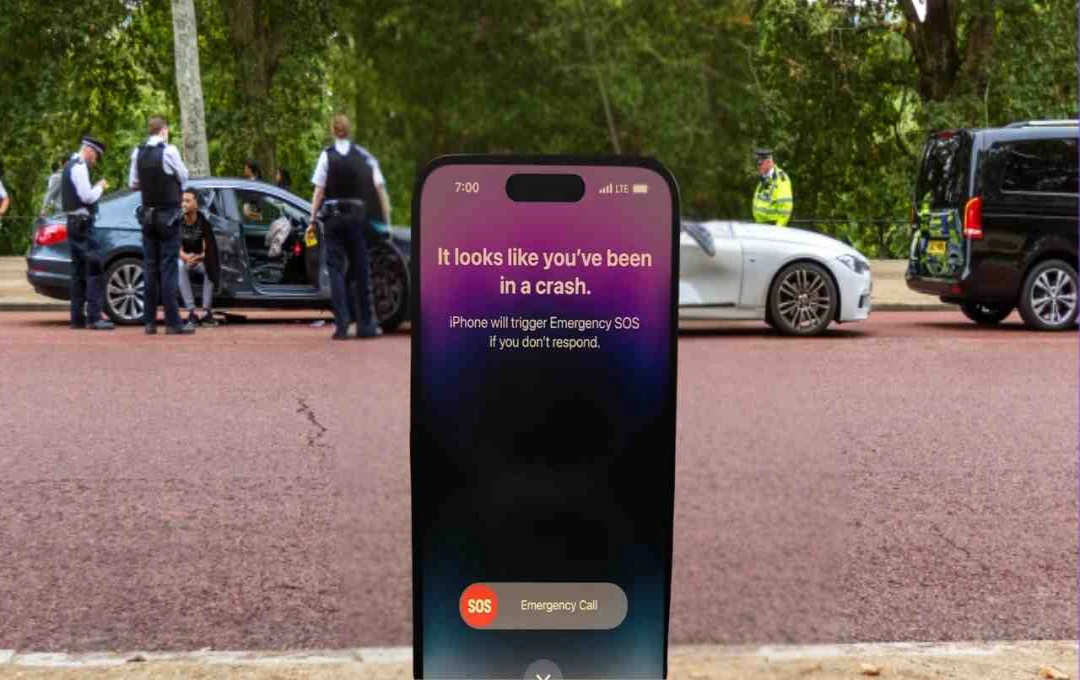Heart rate tracking features have become common in smartwatches, smart rings, and AirPods. These devices measure heart rate using green light and optical sensors, providing information about potential health risks. However, the data is not entirely accurate, so regular health check-ups are essential.
Heart Rate Tracking: Nowadays, smartwatches, smart rings, and AirPods are offering heart rate tracking features to monitor heartbeats. These devices use green light and optical sensors on the wrist to measure blood flow and heart rate. This allows users to quickly detect abnormal heartbeats or potential health risks. This technology is particularly beneficial for individuals who want to keep an eye on their heart health. According to experts, although this data is not entirely accurate, regular health check-ups are necessary.
The Marvel of Green Light and Optical Sensors
The continuously flashing green light and optical sensors located on the back of smartwatches are responsible for measuring heart rate. The green light is absorbed by the blood in the wrist, and the sensors detect the light reflected back from the blood. Due to the contrast with red and green colors, blood absorbs green light more rapidly, allowing for an accurate estimation of heart rate.
Measurement via Photoplethysmography (PPG)

The technology used in smartwatches to measure heart rate is called Photoplethysmography (PPG). With each heartbeat, the heart muscles contract, increasing blood flow in the veins, and decrease when relaxed. When veins expand, more green light is absorbed, and when relaxed, absorption is reduced. This variation is processed by the software and displayed as heart rate on the smartwatch.
Identification of Potential Health Problems
Smartwatches with sophisticated algorithms can now also estimate potential diseases based on pulse rate. However, experts state that this data is not entirely accurate. Therefore, it is essential to undergo regular health check-ups.
This technology not only helps monitor heart health but also provides timely warnings about potential health risks.















